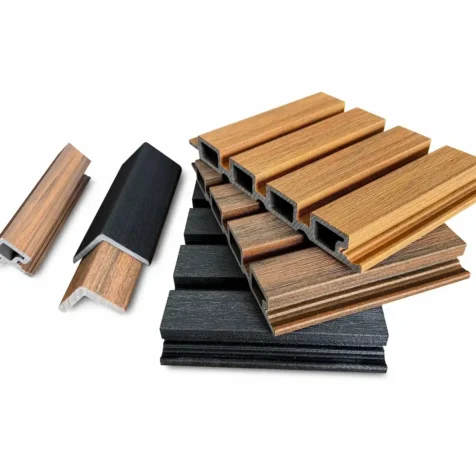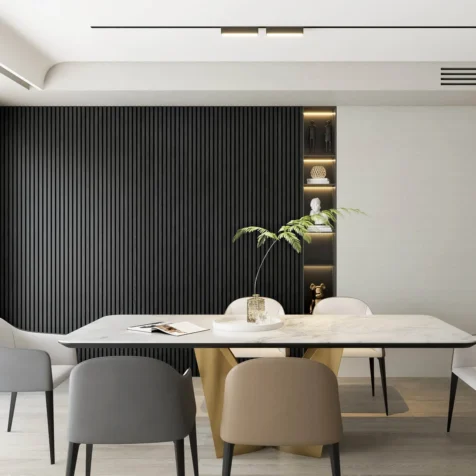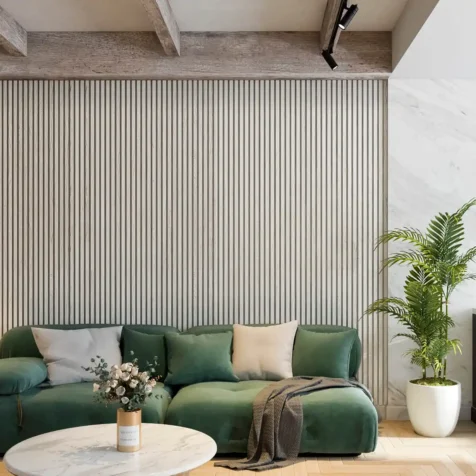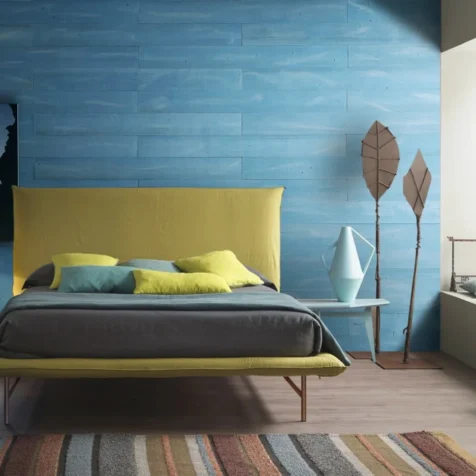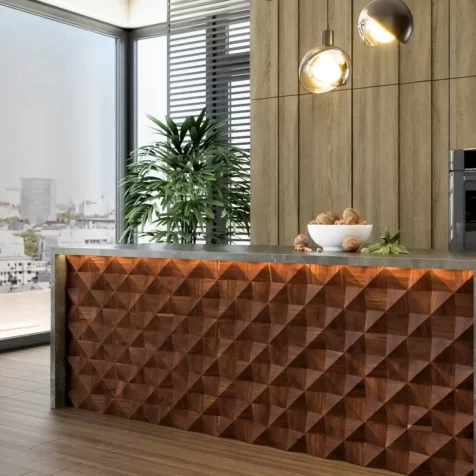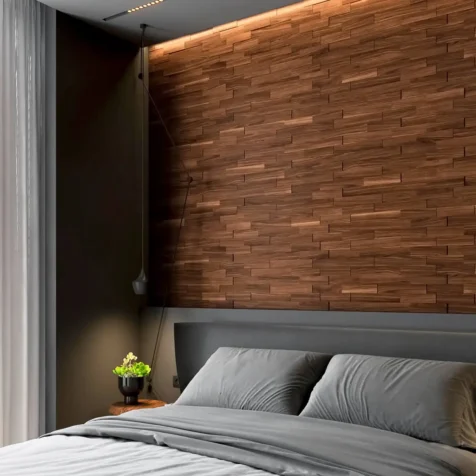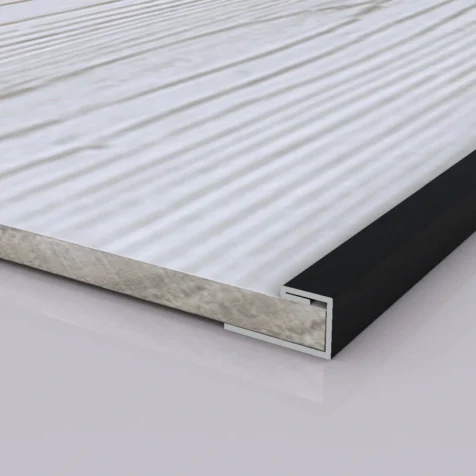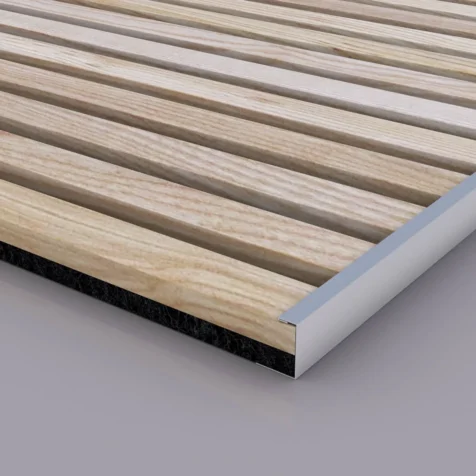Nickel Gap vs. Shiplap: Key Differences Explained
Every homeowner wants a unique and attractive design for their spaces. Shiplap and nickel gap are two popular options since they offer both aesthetic and functional properties.
The comparison of nickel gap vs shiplap below will help users decide which option is suitable for their design preferences and functional requirements. Let’s scroll down!
What is Nickel Gap Wood Siding?
Like shiplap, nickel gap wood siding is a common element in interior design. It has a uniform gap width (about a nickel’s size), a smoother look, and tongue and groove boards that conceal nails. This siding type comes in a range of colors and can be whitewashed, unfinished, or pre-finished.
Benefits of Nickel Gap Siding
Nickel gap offers a sleek, modern look with a unique texture. Due to the spacing between boards, the material can reduce expansion and contraction over time. These gaps also support air circulation, preventing moisture, mold, and rot.
Installation
Installing nickel gap paneling is a meticulous procedure that includes precisely machining tongue and groove boards to guarantee a tight fit and remove any obvious gaps or inconsistencies. A smooth and equal finish is ensured by inserting the tongue of one board into the next board’s groove.
Characteristics
Made from solid or engineered wood, nickel gap wall paneling provides structural stability and is long-lasting. Shadow lines are produced by its little gap, which gives depth and visual appeal. The paneling offers countless customizing options since it may be painted a variety of colors or left unpainted.
Ideal Applications
Nickel gap paneling is frequently utilized in modern and contemporary home designs due to its smooth look and adaptability. Its simple lines and elegant appearance make it a popular choice for living rooms, bedrooms, kitchens, and bathrooms. The panels give a touch of refinement to any area, whether it is utilized as an accent wall or as a complete room.
What is Shiplap Siding?
Shiplap siding is a rustic style that uses wooden planks that overlap to form a channel. It’s attached by nailing into the front of the board. Users can choose the siding with a smooth or rough finish. Depending on the application, the distance between boards can be adjusted.

Benefits of Shiplap Siding
Shiplap siding creates a sense of warmth and charm in both interior and exterior spaces. It usually comes in a versatile style, enhancing the overall aesthetic of different design concepts. The siding is weather-resistant and durable if well-maintained.
Installation
In order to install a shiplap, each board is placed over the one before it, with the nails hidden to avoid affecting its aesthetic look. Shiplap’s distinct appeal is highlighted by the noticeable seams between boards that contrast with the nickel gap installation. Though the installation process takes more time and work, the outcome is worthwhile.
Characteristics
Solid wood, such as pine or cedar, is used to make shiplap panels. They are well-known for their durability and rustic appearance. They can be painted or stained in a variety of colors, adding texture and warmth to any space and providing a durable, authentic appearance.
Ideal Applications
Shiplap’s unique texture and rustic charm are suitable for cozy designs and environments, especially in dining rooms, living rooms, and bedrooms. It can be utilized to make statement walls or ceiling accents and goes well with coastal, farmhouse, or cottage themes.
Choosing Between Shiplap and Nickel Gap
Let’s continue our discussion of nickel gap vs shiplap with a guide on how to choose the suitable choice for you! Here are some factors to consider:
Design Style Preferences
Shiplap allows for greater board spacing freedom, yet it may take more work to install. For consistency, nickel gap paneling with tongue-and-groove design and built-in spacers is a better option. Its precise spacing makes it appropriate for minimalist or modern designs.

Ease of Installation and Maintenance Requirements
In the comparison of shiplap vs nickel gap, we should mention the installation. Shiplap may take more time to install because it requires manual adjustments for regular spacing. Yet, it’s a suitable choice for DIY.
On the other hand, nickel gap siding features a tongue-and-groove interlocking profile design and built-in spacers for uniform gaps. It’s easier to install and is perfect for DIYers who prefer precise gaps.
When it comes to maintenance, both can be easily maintained. Users can do regular dusting and semi-regular washing with a moist cloth and mild soap.
Remember, whatever your choice is, you’d better choose products from trustworthy suppliers, such as WoodyWalls. We offer various options of wood wall panels. No matter the design and functionality, you can find a suitable and satisfying choice with our products.
Shop WoodyWalls Today!
Above is our discussion of nickel gap vs shiplap. Both have their unique features, offering users various choices to transform their spaces. Nickel gap provides a seamless and modern aesthetic, while shiplap creates a rustic look.
Visit WoodyWall for top-notch wood wall panels to upgrade your living and working space to a perfect level!
FAQs
Our comparison of shiplap vs nickel gap has come to an end. Before you make a decision, here are some FAQs you need to know.
1. Is nickel gap cheaper than shiplap?
The answer is that it depends on various factors such as material, project size, and sourcing company. Thus, their price can be varied.
2. Is shiplap supposed to have a gap?
Its overlapping rabbet joint design doesn’t require gaps between boards. The material can be tailored, making it a valuable addition to any project, regardless of the difficulty of uniformity.
3. What is the best gap for shiplap?
Aesthetic objectives and personal choice determine a project’s appropriate gap size. The typical range of gap widths is ⅛ to ¼ inch or more. When making a decision, factors such as wall height, space size, and intended visual impact should be taken into account.






